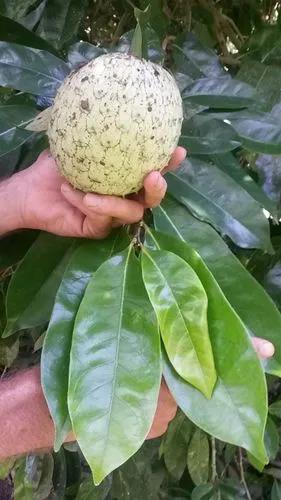They are evergreen or deciduous shrubs or trees growing to 1–18 m (3.3–59.1 ft) in height and forming dense thickets. The largest, Tamarix aphylla, is an evergreen tree that can grow to 18 m (59 ft) tall. They usually grow on saline soils, tolerating up to 15,000 ppm soluble salt, and can also tolerate alkaline conditions.[citation needed] Tamarisks are characterized by slender branches and grey-green foliage. The bark of young branches is smooth and reddish brown. As the plants age, the bark becomes bluish-purple, ridged and furrowed.[citation needed] The leaves are scale-like, almost like that of junipers,[4] 1–2 mm (1/20" to 1/10") long, and overlap each other along the stem. They are often encrusted with salt secretions.[citation needed] The pink to white flowers appear in dense masses on 5–10 cm (2" to 4") long spikes at branch tips from March to September, though some species (e.g., T. aphylla) tend to flower during the winter
African Tamarisk Care
Tamarix Africana



What is the plant
humidity
Normal
lighting
Full Sun
hardiness zone
7 - 10
difficulty
Easy
Popular articles
Popular articles
Want more articles?






